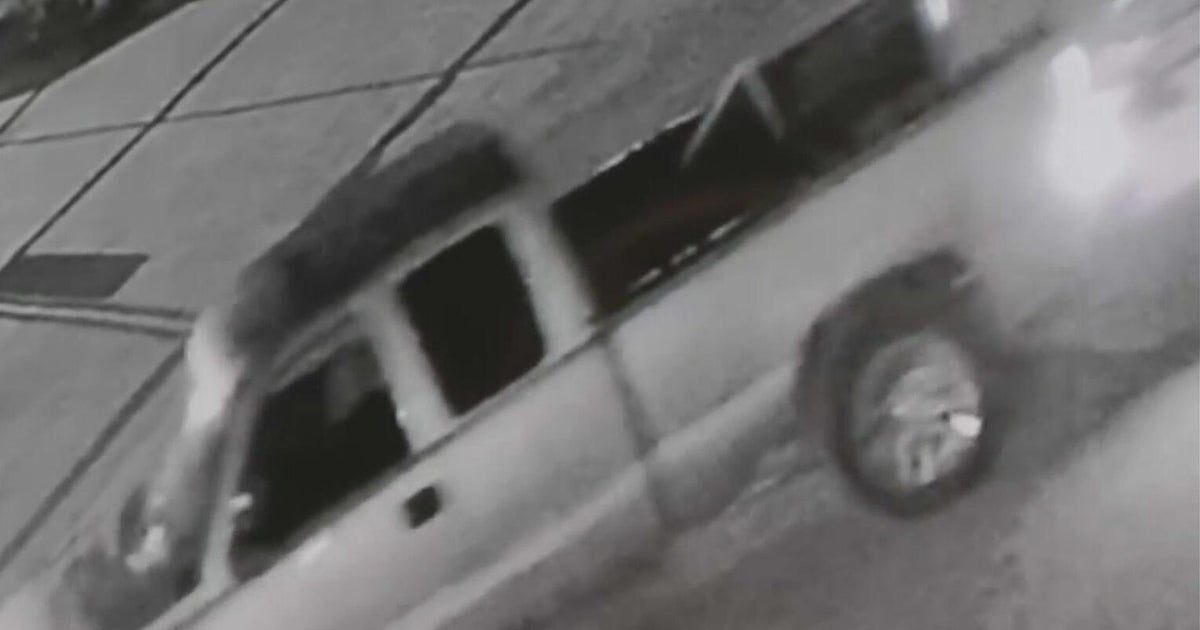One of Florida’s most haunting cold cases is finally closer to being solved.
The Central Florida woman long known only as “Little Miss Panasoffkee” has been identified as Maureen L. Minor Rowan — more than five decades after her body was discovered under a bridge along I-75.
Sumter County Sheriff Patrick Breeden announced the breakthrough Wednesday, revealing that investigators also identified a person of interest: Charles Emery Rowan Sr., who died in 2015.
“Today, ‘Little Miss Panasoffkee’ has a name,” Breeden said in a press conference. “She has been identified as Maureen L. Minor Rowan, also known to her friends and family as ‘Cookie.'”
Discovery under the Lake Panasoffkee Bridge
According to CBS Orlando affiliate WKMG, the case began in February 1971, when two hitchhikers found a woman’s body under the Lake Panasoffkee Bridge. Deputies said the remains were already heavily decomposed and likely had been in the water for several weeks before being discovered.
For nearly 55 years, the young woman’s identity remained a mystery.
Investigators determined she had been strangled with a man’s belt and wrapped in a blanket before being thrown from the bridge, according to Central Florida Public Media. The disturbing details and her anonymity earned her the nickname “Little Miss Panasoffkee.”
Over time, detectives pieced together details about her life: she was between 17 and 24 years old, stood about 5 feet 2 inches tall, and weighed roughly 115 pounds. She had dark hair, brown eyes, and was dressed in green plaid pants, a matching shirt and a green-and-yellow shawl.
Breakthrough through STORM fingerprint technology
Deputies said she wore a Baylor wristwatch and a yellow-gold ring with a clear stone on her left hand.
Biological testing suggested she may have been of Greek descent and had possibly come to the U.S. less than a year before her death. Her teeth showed high levels of lead, possibly linking her to Lavrion, a small mining town southeast of Athens.
“Lavrion is known for its high level of lead contamination associated with mining operations in the region,” the sheriff’s office said.
WKMG reported that the case saw numerous investigative efforts over the decades, including attempts to extract DNA for genealogical profiling. Deputies said that while DNA testing had repeatedly fallen short due to the condition of the remains, advanced fingerprint technology eventually provided the key.
The breakthrough came with the help of the state-of-the-art STORM system, which matched fingerprints after earlier efforts had failed.
“The ongoing goal is to extract enough DNA suitable for a genetic profile of Little Miss Panasoffkee,” deputies said, adding that she “has undergone numerous attempts through various private labs; however, the state of her remains has been problematic in providing a viable profile.”
After more than half a century, investigators said they’ve finally given “Little Miss Panasoffkee” her name back, and perhaps her story a chance to be fully told.



